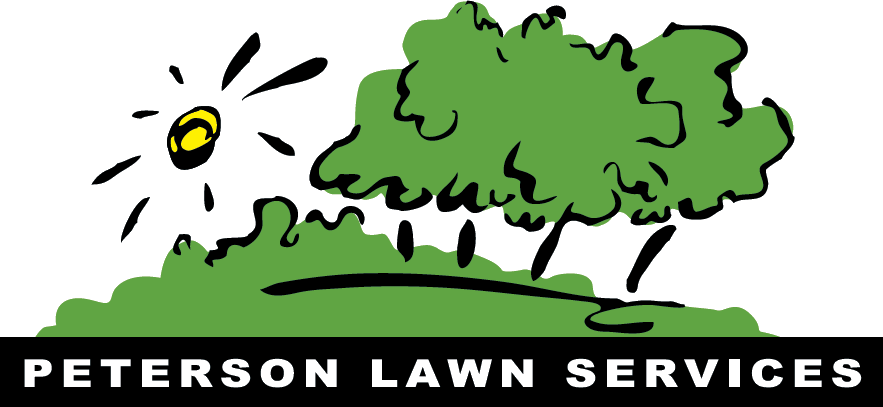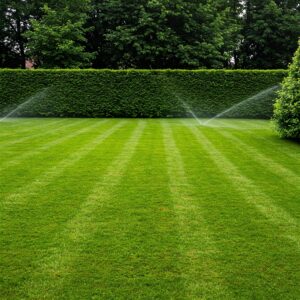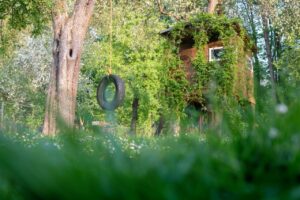Maintaining a lush, healthy lawn is a pride for many homeowners in the Minnesota West Metro area, especially as the seasons change. However, unpredictable weather conditions—such as the wet springs and hot, dry summers typical of this region—can lead to a host of lawn diseases. These diseases can quickly turn a thriving green lawn into a patchy eyesore. In this blog, we’ll discuss how to identify, prevent, and treat lawn diseases that are common in the West Metro area, ensuring your lawn remains the envy of the neighborhood.
How to Prevent Lawn Diseases
Preventing lawn diseases starts with healthy lawn care practices that minimize the conditions in which these diseases thrive. Here are some tips for prevention:
- Choose the Right Grass Varieties
In the West Metro, cool-season grasses like Kentucky bluegrass, fescue, and ryegrass are your best bet. These varieties are more suited to Minnesota’s climate and are naturally more resistant to common lawn diseases. - Water Wisely
Overwatering or watering at the wrong times (like during the heat of the day) can encourage fungal growth. It’s best to water your lawn deeply and less frequently, ideally in the early morning when temperatures are cooler. This allows the grass to dry out before evening, reducing the risk of fungal infections. - Mow Regularly and Properly
Mowing your lawn to the correct height helps maintain grass health and discourages disease. Keep your mower blades sharp, and mow when the grass is dry. Avoid cutting more than one-third of the grass blade height at a time, as cutting too short can stress your lawn and make it more susceptible to disease. - Fertilize Correctly
Proper fertilization is key to a strong, disease-resistant lawn. Test your soil to determine its nutrient needs and apply fertilizers based on these results. Avoid over-fertilizing, as this can promote lush, weak growth that’s more susceptible to disease. - Aerate Your Lawn
Aeration helps improve soil structure, ensuring that air, water, and nutrients reach the roots more effectively. If your lawn has compacted soil or heavy foot traffic, consider aerating it in the fall. This helps to promote healthier grass that’s less prone to diseases. - Practice Good Lawn Hygiene
Rake up leaves, debris, and grass clippings to reduce places where diseases can harbor. Additionally, if you’ve had a lawn disease in the past, disinfect your gardening tools to avoid spreading the infection. - Improve Drainage
Poor drainage can lead to standing water, which fosters fungal growth. If you have low spots in your yard where water tends to pool, consider regrading those areas or installing a French drain to improve water flow.
How to Treat Lawn Diseases
Despite your best efforts at prevention, lawn diseases can still sneak in. When they do, early detection and proper treatment are crucial to minimizing damage. Here’s how to tackle common lawn diseases:
- Dollar Spot
For Dollar Spot, a combination of proper mowing, watering, and aeration should be your first line of defense. If the disease persists, a fungicide labeled for Dollar Spot may be necessary. Apply fungicides according to label instructions, making sure to avoid overuse, as this can lead to resistance. - Brown Patch
To treat Brown Patch, start by improving your lawn’s airflow and watering practices. If the disease is widespread, apply a fungicide to prevent further spread. It’s also important to keep your lawn’s nitrogen levels in check, as excess nitrogen can make the lawn more susceptible to Brown Patch. - Red Thread
Red Thread is often self-limiting and can be managed with improved lawn care practices like regular mowing and proper fertilization. If the disease is severe, a fungicide can help control it. However, in most cases, this disease doesn’t require immediate action and will fade as the weather warms. - Snow Mold
Snow Mold usually resolves on its own as the temperature rises in spring. If it’s severe, rake the affected areas to allow sunlight and air to reach the grass. Fungicides can help in extreme cases, but it’s important to allow the lawn to recover naturally. Avoid heavy foot traffic on your lawn during the winter to minimize the risk of snow mold. - Powdery Mildew
Powdery mildew can be managed by improving airflow through the grass (which is often a problem in shady areas). For affected areas, a fungicide can be applied. You can also reduce the humidity in shaded areas by trimming trees or shrubs to allow more sunlight to reach the grass.
Final Thoughts
A healthy lawn in the MN West Metro area requires a combination of proactive care, vigilance, and treatment when necessary. By following best practices for watering, mowing, and fertilizing, and by staying on top of common lawn diseases, you can keep your lawn looking vibrant and disease-free throughout the year. If you find yourself struggling with persistent lawn diseases, don’t hesitate to consult a local lawn care expert to help diagnose the problem and recommend specific treatments tailored to your lawn’s needs.


